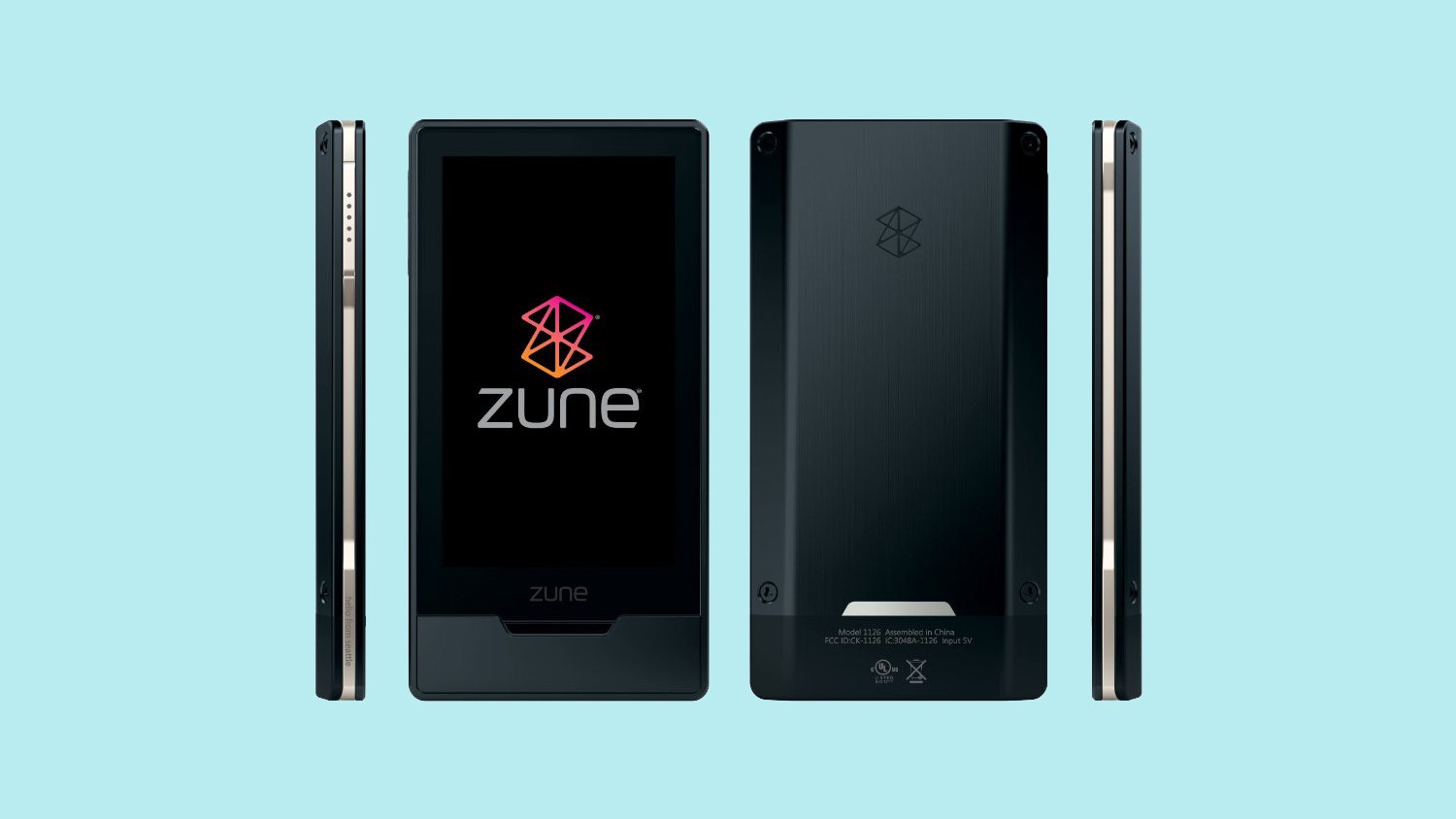This post is written as part of my work at DesignLab?s UX Academy. It includes some thoughts on what led to a failed endeavor in business: the Zune.
Microsoft?s Zune was a portable media player that was first launched in November 2006. Zune HD was launched in 2009. However, by 2011, Zune players were discontinued.
Why was it so short-lived? There is little evidence that the Zune was of low quality. In fact, its users enjoyed the interface and audio quality just as much as, if not more than the iPod. But this did not change the wider perception that the Zune was not as good as the iPod. Bad timing, lack of innovation, and insufficient marketing were the main factors for why it failed.

Bad Timing
The first Zune launched in 2006, five years after the release of its competitor, Apple?s iPod. The Zune came much too late, as the iPod had already rapidly become the go-to source for portable entertainment. Microsoft was behind on the Zune. Even when Zune HD was released, it had come two years after the iPod Touch.
When Zune debuted, Apple had already taken over almost the entire mp3 market. It was an uphill battle from the beginning.
Lack of Innovation
Bad timing can sometimes be overlooked if a product has features that make it unique and innovative compared to what?s already out in the market. However, the Zune didn?t have this. While it wasn?t a bad device, the Zune just didn?t have features that set it apart enough from the iPod. It didn?t newly address any user needs that the iPod was already taking care of.
With the iPod?s already wide popularity, there was no real incentive for consumers to choose a Zune over an iPod when it was launched, especially with the insufficient marketing.
Insufficient Marketing
The marking for the Zune seemed to fail at setting the Zune apart from the iPod for consumers in a concrete way.
Robbie Bach, Former Microsoft executive had this to say about the marketing of Zune: ?I think our marketing message was very confused. I don?t think people walked away saying, this is what Zune is and this is why it?s different. This is why I have to have it. We did some really artsy ads that appealed to a very small segment of the music space, and we didn?t captivate the broad segment of music listeners.?
Microsoft?s marketing of the Zune was too narrowly focused. The marketing team targeted their campaigns toward a specific audience, perhaps those who are anti-mainstream and want to stand apart from the crowd. The only appeal to these folks seemed to have been that the Zune was not the iPod, since everyone else had the iPod. The marketing team ended up missing out on an opportunity to engage a broader audience of music listeners by aiming at this niche group.
Conclusion
The creators of the Zune did not release a product that was filling a gap for users? needs. It seemed as if it was simply there as Microsoft?s way to compete with Apple?s products. If Zune had been introduced before the iPod, I don?t doubt that it would have been the main portable music device out there. But it wasn?t. And instead of looking at the iPod and thinking about how they can solve problems better, they launched a very similar product with similar functions.
The marketing was also insufficient, but no amount of marketing probably would have been able to make up for the lack of innovation anyway. Hopefully the lessons learned from the Zune have been reflected on by Microsoft moving forward with their other current and future products.


